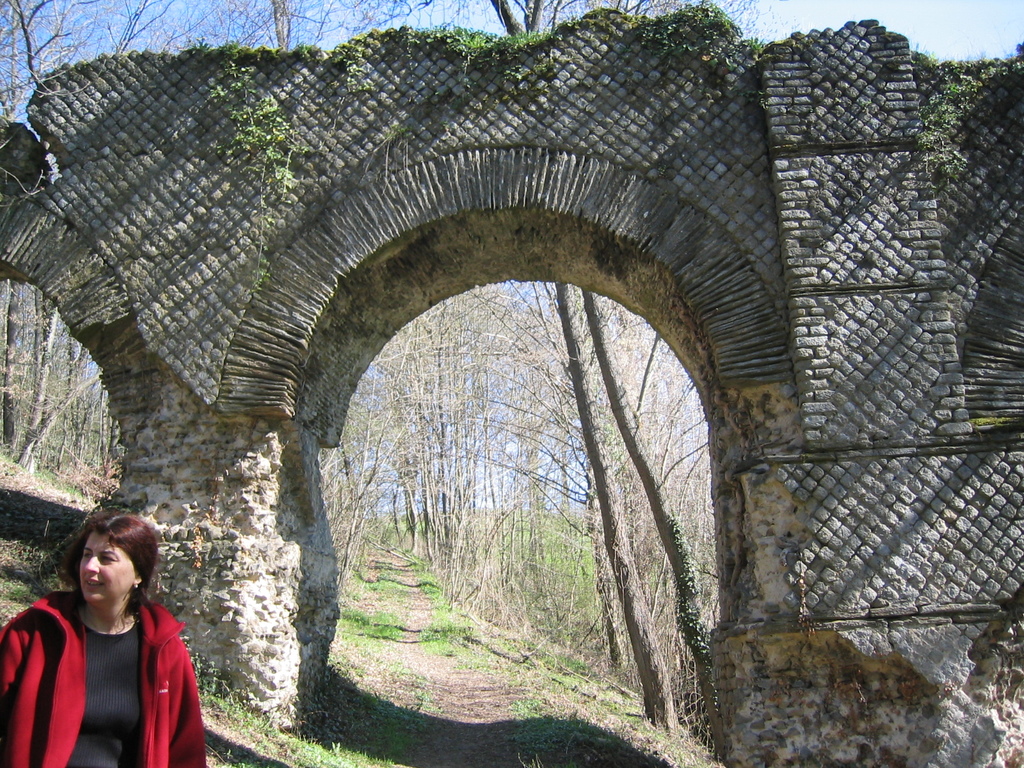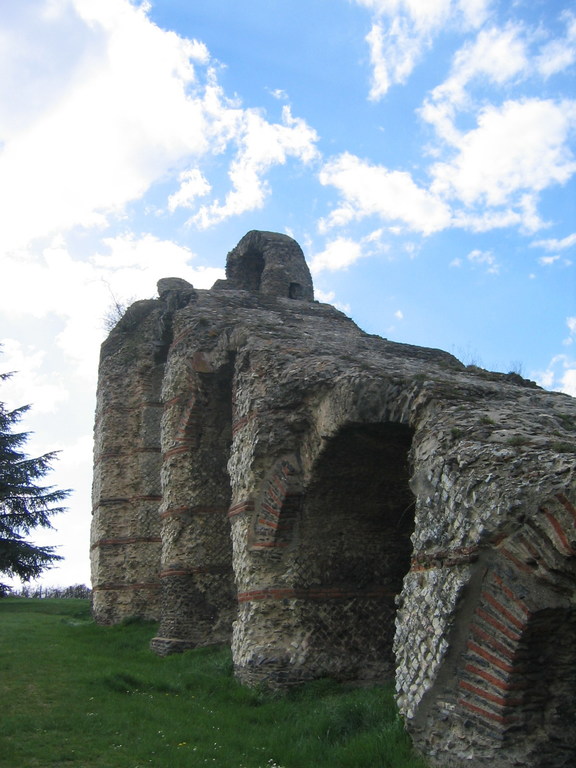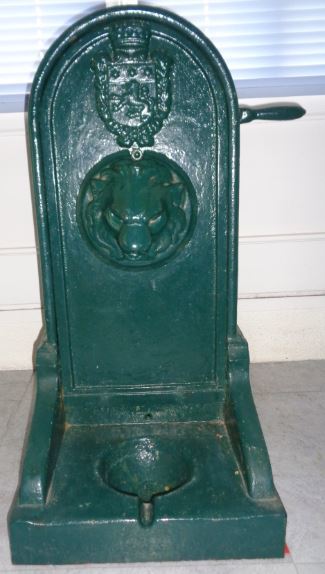Short history of water supplies in Lyon
In 43 BC, the Romans settled on Fourvière hill (there are 2 hills in Lyon: Fourvière and La Croix Rousse), and collected rain water in cisterns. From 20 BC, four aqueducts were built to convey water to Lugdunum, the capital of the Gaul territories. Their remains (Mont d’Or, Yzeron, Brevenne, Gier) form one of the most important network in the world. They give the best example of the inverted syphon technique, which was mastered by the Roman engineers. The aqueducts brought 45 000 m³ (10 million gallons), a day.
Unfortunately, this practical knowledge in water distribution disappeared in the Middle Ages. Human density together with erratic urban organization, lead to river pollution.
The situation remained almost unchanged until the 19th century. Aristide Dumont, a hydraulic engineer suggested the town could be supplied with filtered water from the Rhône River, and then raised by pumps. The Compagnie Générale des Eaux (General Water Company) was created for Lyon in 1853, tendered for providing public water for Lyon.
For the first time, a public service of distributing water was granted to a private company by a local community in France. Within 4 years the Company commits to installing 120 water public utilities (public fountains) and 200 underground hydrants in the town streets.
In 1856, 3 machines called “Cornish Pumps” were ordered from Mr. Schneider, a notorious industry captain, and built in Le Creusot (Burgundy). Together with 6 steam generators they were then put into operatio






